Home>Garden Essentials>How To Plant Sunflower Seeds Indoors
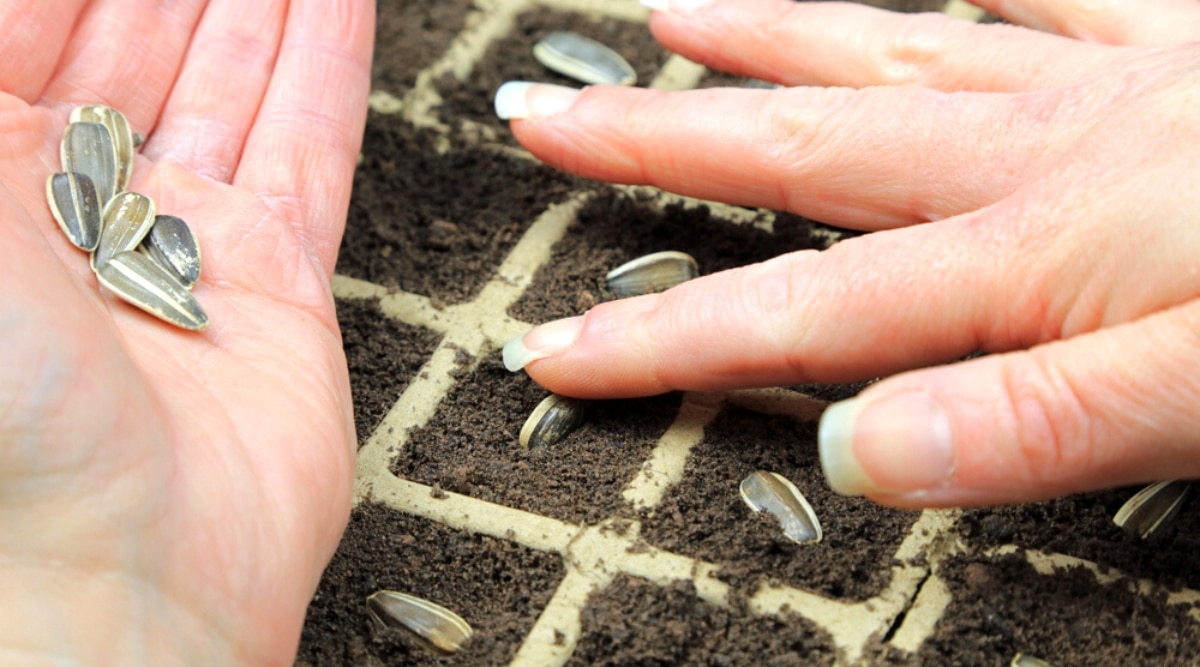

Garden Essentials
How To Plant Sunflower Seeds Indoors
Modified: August 28, 2024
Learn how to successfully plant sunflower seeds indoors and create a beautiful garden with our step-by-step guide and expert tips.
(Many of the links in this article redirect to a specific reviewed product. Your purchase of these products through affiliate links helps to generate commission for Storables.com, at no extra cost. Learn more)
Introduction
Planting sunflower seeds indoors is a great way to start your garden early and ensure healthy, robust plants. While sunflowers are typically grown outdoors, starting them indoors allows you to control the environment and give the seeds a head start before transplanting them outside.
In this article, we will discuss the benefits of planting sunflower seeds indoors, the materials needed for the process, step-by-step instructions for planting and caring for sunflower seedlings, how to transplant them outdoors, common mistakes to avoid, and answers to frequently asked questions. So, whether you’re a novice gardener or a seasoned pro, grab your gardening gloves and let’s dive in!
Key Takeaways:
- Start your sunflower garden early by planting seeds indoors for a head start on the growing season, ensuring healthy, robust plants and an extended flowering season.
- Avoid common mistakes like overwatering and insufficient light, and provide proper care for your sunflower seedlings to enjoy vibrant blooms in your garden.
Read more: How To Plant Sunflower Seed
Benefits of Planting Sunflower Seeds Indoors
Planting sunflower seeds indoors offers several advantages for gardeners. Here are some of the key benefits:
- Early Start: By starting sunflower seeds indoors, you can get a jumpstart on the growing season. Sunflowers typically have a long germination period, and starting them indoors gives them a head start by providing optimal conditions for growth.
- Extended Growing Season: Indoor planting allows you to enjoy sunflowers for a longer period. You can start the seeds earlier in the year and extend the flowering season in your garden.
- Better Control: Planting sunflower seeds indoors gives you greater control over the environment. You can control factors like light, temperature, and moisture, providing the perfect conditions for germination and growth.
- Protection from Elements: By planting sunflower seeds indoors, you protect them from adverse weather conditions, such as frosts or heavy rains, which can damage young seedlings.
- Healthier Seedlings: Starting sunflower seeds indoors allows you to monitor and provide the ideal care for your seedlings. This leads to healthier, stronger plants ready for transplanting.
With these benefits in mind, it’s clear that planting sunflower seeds indoors can greatly enhance your gardening experience and the success of your sunflower plants. Next, let’s take a look at the materials you’ll need to get started.
Materials Needed for Planting Sunflower Seeds Indoors
Before you begin planting sunflower seeds indoors, gather the following materials:
- Seed Starting Trays: You will need seed starting trays or containers with drainage holes to sow the sunflower seeds. Opt for trays specifically designed for starting seeds, as they provide proper aeration and drainage.
- Seed Starting Mix: Choose a high-quality seed starting mix, which is a sterile medium that promotes healthy root development and prevents diseases. Avoid using regular soil, as it may contain pests or fungal pathogens.
- Sunflower Seeds: Select your desired sunflower seed varieties. Look for reliable seed suppliers and choose seeds that are suitable for indoor growing.
- Grow Lights: Since sunlight indoors can be limited, consider using fluorescent grow lights or LED grow lights to provide adequate light for the seedlings. Position the lights at an appropriate distance from the trays to ensure optimal light intensity.
- Watering Can or Spray Bottle: You’ll need a watering can or a spray bottle to keep the soil moist during the germination and seedling stages. Avoid overwatering, as it can lead to root rot.
- Plant Labels: Use plant labels or popsicle sticks to label the trays and keep track of the sunflower seed varieties you planted.
- Plastic Dome or Plastic Wrap: To create a mini greenhouse effect and maintain moisture, use a transparent plastic dome or plastic wrap to cover the trays after sowing the seeds.
- Heat Mat (optional): If you’re starting sunflower seeds in cooler months, you may want to consider using a heat mat under the trays to maintain a consistent soil temperature and promote germination.
With these materials gathered, you’re well-prepared to begin your sunflower seed planting journey indoors. Next, we’ll delve into the step-by-step process of planting sunflower seeds indoors.
Steps for Planting Sunflower Seeds Indoors
Follow these step-by-step instructions to successfully plant sunflower seeds indoors:
- Prepare the seed starting trays: Fill the seed starting trays with a high-quality seed starting mix. Moisten the mix slightly and ensure there are drainage holes at the bottom of the trays.
- Sow the sunflower seeds: Place two to three sunflower seeds in each cell or container, spacing them evenly. Push the seeds about 1 inch deep into the soil and cover them with the seed starting mix.
- Mist the soil: Lightly mist the soil surface with water using a spray bottle or watering can. Avoid saturating the soil, as excessive moisture can lead to damping-off disease.
- Cover the trays: Place a plastic dome or cover the trays with plastic wrap to create a greenhouse effect and retain moisture. This helps speed up germination. Remove the cover once the seedlings start to emerge.
- Provide adequate light: Place the trays in a location where they can receive 12 to 16 hours of bright, indirect light each day. If natural sunlight is limited, supplement with fluorescent or LED grow lights.
- Maintain temperature and humidity: Sunflower seeds germinate best in temperatures between 70 to 80°F (21 to 27°C). Use a heat mat if necessary to maintain a consistent soil temperature. Aim for a humidity level of 50 to 60%.
- Water the seedlings: Keep the soil consistently moist by watering when the top inch of the soil feels dry. Use a gentle mist or watering can to avoid disturbing the delicate seedlings.
- Thin the seedlings: Once the seedlings have grown their first set of true leaves, thin them out to one strong seedling per cell or container. Choose the healthiest and strongest seedling to keep.
- Fertilize the seedlings: After thinning, you can start fertilizing the seedlings with a diluted, balanced fertilizer. Follow the package instructions for proper dosage and frequency.
By following these steps, you’ll give your sunflower seeds the best chance to germinate and grow into healthy seedlings. In the next section, we’ll discuss how to provide proper care for your indoor sunflower seedlings.
Providing Proper Care for Indoor Sunflower Seedlings
Once your sunflower seedlings have emerged, it’s crucial to provide them with the proper care to ensure their healthy growth. Here are some essential steps to follow:
- Watering: Keep the soil consistently moist, but not waterlogged. Water the seedlings when the top inch of the soil feels dry. Avoid overwatering, as it can lead to root rot.
- Lighting: Place the trays in a location where the seedlings receive 12 to 16 hours of bright, indirect light each day. Adjust the position of the grow lights to maintain an appropriate distance and provide adequate light intensity.
- Temperature and Humidity: Maintain a temperature range of 70 to 80°F (21 to 27°C) during the daytime, and slightly cooler at night. Aim for a humidity level of 50 to 60%. Use a humidifier or mist the air around the seedlings if necessary.
- Air Circulation: Provide gentle air circulation to strengthen the seedlings’ stems. You can use a small fan on low speed or lightly brush your hand over the seedlings a few times a day.
- Fertilization: As the seedlings grow, start fertilizing them with a diluted, balanced fertilizer. Follow the package instructions for the proper dosage and frequency. Avoid over-fertilizing, as it can lead to burnt roots.
- Support: Once the seedlings have developed a few inches in height, gently insert plant stakes or bamboo sticks near the base of each seedling to provide support as they grow taller.
- Hardening Off: About a week before transplanting the seedlings outdoors, gradually expose them to outdoor conditions. Start by placing them outside for a few hours a day, gradually increasing the duration over the week. This helps them acclimate to the change in environment.
By providing proper care, you’ll encourage strong, healthy growth in your sunflower seedlings. In the next section, we’ll discuss the process of transplanting the seedlings outdoors.
When planting sunflower seeds indoors, make sure to use a well-draining potting mix and place the seeds 1 inch deep in the soil. Keep the soil consistently moist and provide plenty of sunlight for healthy growth.
Read more: How To Plant Mexican Sunflower Seeds
Transplanting Sunflower Seedlings Outdoors
Transplanting your sunflower seedlings from indoor containers to the outdoor garden is an exciting step towards enjoying their vibrant blooms. Here are the steps to successfully transplant your sunflower seedlings:
- Choose the Right Timing: Wait until all chances of frost have passed and the soil has warmed up before transplanting your sunflower seedlings. This is typically around the same time you would plant other warm-season crops in your area.
- Select a Sunny Location: Sunflowers require full sun to thrive, so choose a location in your garden that receives at least 6 to 8 hours of direct sunlight per day.
- Prepare the Soil: Sunflowers thrive in well-draining soil, so make sure to prepare the planting bed by loosening the soil and incorporating organic matter, such as compost or aged manure, to improve its fertility and drainage.
- Transplanting Process: Dig a hole in the prepared soil that is slightly larger than the root ball of the seedling. Gently remove the seedling from the container, taking care not to disturb the roots. Place the seedling into the hole, ensuring the top of the root ball is level with or slightly above the soil surface. Backfill the hole with soil and firm it gently around the seedling.
- Spacing: Sunflowers require ample space to grow and spread their large leaves and tall stems. Leave a spacing of about 2 to 3 feet between each sunflower plant to allow for proper air circulation and prevent overcrowding.
- Watering: After transplanting, give the sunflower seedlings a thorough watering to help settle the soil and ensure proper root establishment. Water regularly to keep the soil moist in the initial weeks, gradually reducing frequency as the plants establish.
- Staking: Depending on the variety and expected height, consider providing support to the sunflowers by inserting stakes or a sturdy trellis near each plant. This will help prevent the heavy flowerheads from bending or breaking as they grow.
- Maintenance: Continue to monitor the sunflower plants for water needs, and be aware of any pests or diseases that may affect them. Regularly check for signs of pests like aphids or powdery mildew, and take appropriate action if necessary.
Transplanting your sunflower seedlings outdoors marks an important milestone in their growth journey. With proper care and attention, you can look forward to enjoying their magnificent blooms in the garden. In the next section, we’ll explore some common mistakes to avoid when planting sunflower seeds indoors.
Common Mistakes to Avoid When Planting Sunflower Seeds Indoors
While planting sunflower seeds indoors is a rewarding experience, it’s important to avoid common mistakes that can hinder the success of your seedlings. Here are some mistakes to watch out for:
- Using Poor-Quality Soil: Starting with low-quality soil can negatively impact the germination and growth of your sunflower seeds. Invest in a high-quality seed starting mix that is well-draining and nutrient-rich.
- Overwatering: Overwatering is a common mistake that can cause root rot and inhibit seedling growth. Ensure the soil is consistently moist, but not waterlogged. Only water when the top inch of the soil feels dry.
- Insufficient Light: Sunflowers need ample light to grow strong and healthy. Ensure they receive 12 to 16 hours of bright, indirect light each day. If natural sunlight is limited, use fluorescent or LED grow lights.
- Improper Temperature: Sunflowers thrive in warm temperatures. Maintain a daytime temperature range of 70 to 80°F (21 to 27°C) and slightly cooler at night. Avoid exposing the seedlings to extreme temperature fluctuations.
- Skipping the Hardening-Off Process: Failing to gradually acclimate your seedlings to outdoor conditions can shock and stress the plants. Harden off the seedlings by gradually exposing them to outdoor conditions over the course of a week before transplanting them.
- Planting Too Early or Late: Transplanting sunflower seedlings too early, before the danger of frost has passed, can lead to their demise. Similarly, planting them too late may not give them enough time to mature before the end of the growing season. Be sure to follow the appropriate timing for your region.
- Not Providing Support: Neglecting to provide support to taller varieties of sunflowers can lead to bent or broken stems. Insert stakes or use trellises to support the plants as they grow.
- Forgetting to Thin Seedlings: Failing to thin out weak or overcrowded seedlings can hinder their growth and create competition for resources. Choose the healthiest seedling to keep in each cell or container and remove the rest.
- Lack of Pest and Disease Monitoring: Regularly inspect your sunflower seedlings for pests and diseases. Common pests include aphids and caterpillars, while common diseases include powdery mildew. Take appropriate measures to control and prevent infestations or infections.
By avoiding these common mistakes, you can increase the success rate of your sunflower seedlings and ensure they grow into healthy, vibrant plants. In the final section, we’ll address some frequently asked questions about planting sunflower seeds indoors.
Frequently Asked Questions (FAQs)
Here are some common questions that gardeners often ask about planting sunflower seeds indoors:
- Can all sunflower varieties be grown indoors?
- How long does it take for sunflower seeds to germinate indoors?
- How tall do indoor-grown sunflowers typically grow?
- Do sunflowers grown indoors produce seeds?
- Can sunflower seedlings be transplanted outdoors when they are still small?
- How far apart should sunflower seedlings be spaced when transplanting them outdoors?
- Can I save sunflower seeds from indoor-grown sunflowers for planting next year?
While most sunflower varieties can be grown indoors, it’s important to choose compact or dwarf varieties that are more suitable for container gardening.
Sunflower seeds typically take around 7 to 10 days to germinate when planted indoors. However, germination times can vary depending on factors like temperature and seed quality.
Indoor-grown sunflowers tend to be smaller compared to those grown outdoors. Compact varieties can reach a height of 2 to 3 feet, while taller varieties may grow up to 4 to 6 feet.
While indoor-grown sunflowers can produce seeds, the yield may be lower compared to outdoor-grown sunflowers. However, they still provide beautiful blooms and enhance the indoor gardening experience.
It is best to wait until the sunflower seedlings have developed a few sets of true leaves and are a few inches tall before transplanting them outdoors. This ensures that they have established a strong root system.
Space sunflower seedlings at least 2 to 3 feet apart when transplanting them outdoors. This allows enough room for the plants to spread their leaves and grow without overcrowding.
Absolutely! Sunflower seeds can be saved from indoor-grown sunflowers for planting in the following year. Make sure to allow the flowerheads to fully mature and dry on the plant before harvesting the seeds.
These are just a few of the commonly asked questions about planting sunflower seeds indoors. If you have any more questions, feel free to consult your local garden center or horticultural expert for further guidance.
Remember, experimenting and learning from your own gardening experience is part of the joy of being a gardener. So have fun, be patient, and enjoy the process of growing beautiful sunflowers indoors!
With this FAQ section, we have covered all the essential aspects of planting sunflower seeds indoors. Now, you are equipped with the knowledge to successfully start your sunflower garden early and enjoy the beauty of these majestic flowers. Happy gardening!
Conclusion
Planting sunflower seeds indoors is a rewarding way to kickstart your gardening season and enjoy the beauty of sunflowers in your own home or garden. By following the steps outlined in this article, you can successfully grow healthy and vibrant sunflower seedlings from start to finish.
Starting sunflower seeds indoors offers many benefits, including an early start, extended growing season, better control over the environment, and protection from adverse weather conditions. By providing the proper care, such as adequate lighting, temperature, watering, and fertilization, you can ensure the optimal growth of your sunflower seedlings.
Transplanting the seedlings outdoors requires careful planning, including selecting the right timing, choosing a sunny location, and preparing the soil. Supporting the plants with stakes or trellises and regular monitoring for pests and diseases are essential for their successful growth.
Remember to avoid common mistakes, such as using poor-quality soil, overwatering, insufficient light, and neglecting the hardening-off process. By taking these precautions, you can increase the chances of success and enjoy healthy, vibrant sunflowers in your garden.
We have also addressed some frequently asked questions that may arise during the process, providing additional guidance and information to support your sunflower planting journey.
So, whether you’re a novice gardener looking to try your hand at indoor seed starting or an experienced gardener seeking to expand your gardening techniques, planting sunflower seeds indoors is a fantastic way to nurture beautiful plants and enjoy their stunning blooms. Get your hands dirty, have fun, and revel in the joy of growing your own sunflowers!
Curious about what comes next after planting those sunflower seeds indoors? Every gardener knows that understanding the timing of sprouts is crucial. If you're eager to learn how long seeds take to sprout and what factors influence their germination, our detailed guide on seed germination is perfect for you. It's packed with insights and practical advice to help ensure your seeds thrive from the very start. Don't miss out on mastering the early stages of your planting journey!
Frequently Asked Questions about How To Plant Sunflower Seeds Indoors
Was this page helpful?
At Storables.com, we guarantee accurate and reliable information. Our content, validated by Expert Board Contributors, is crafted following stringent Editorial Policies. We're committed to providing you with well-researched, expert-backed insights for all your informational needs.
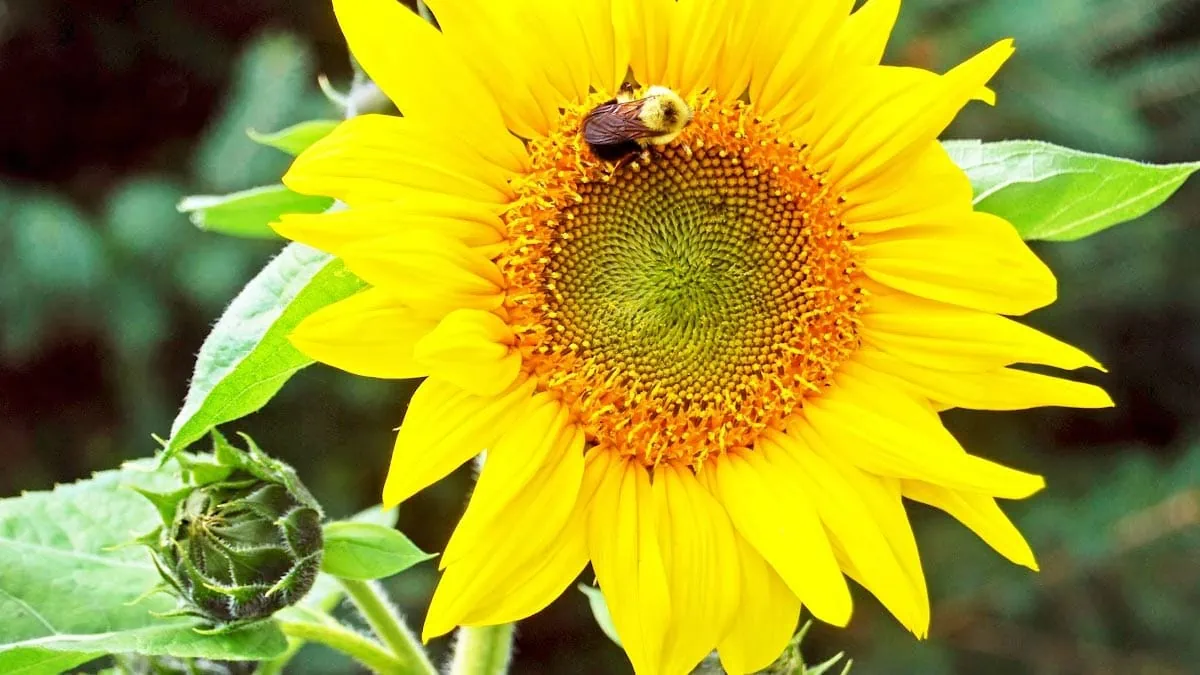
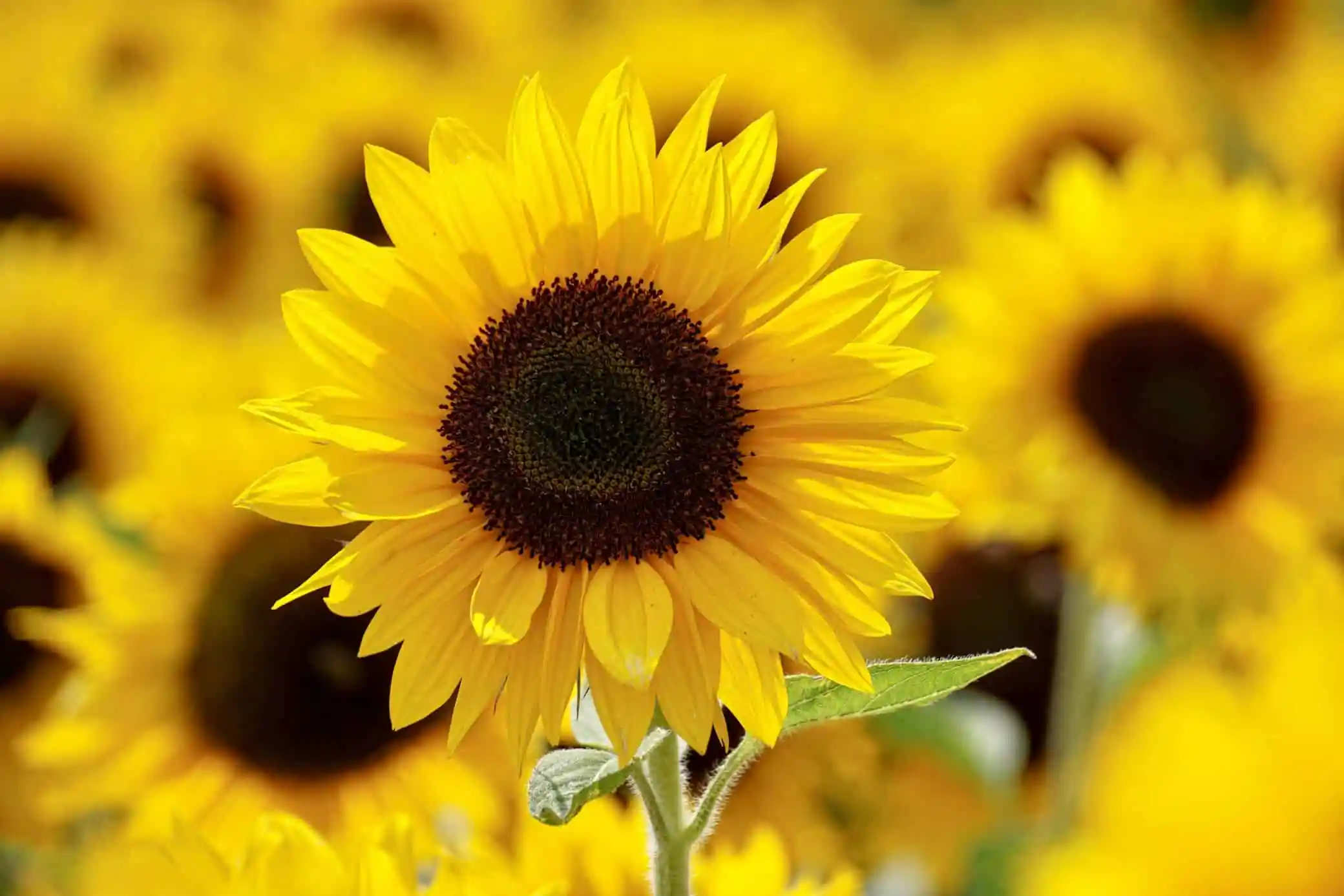
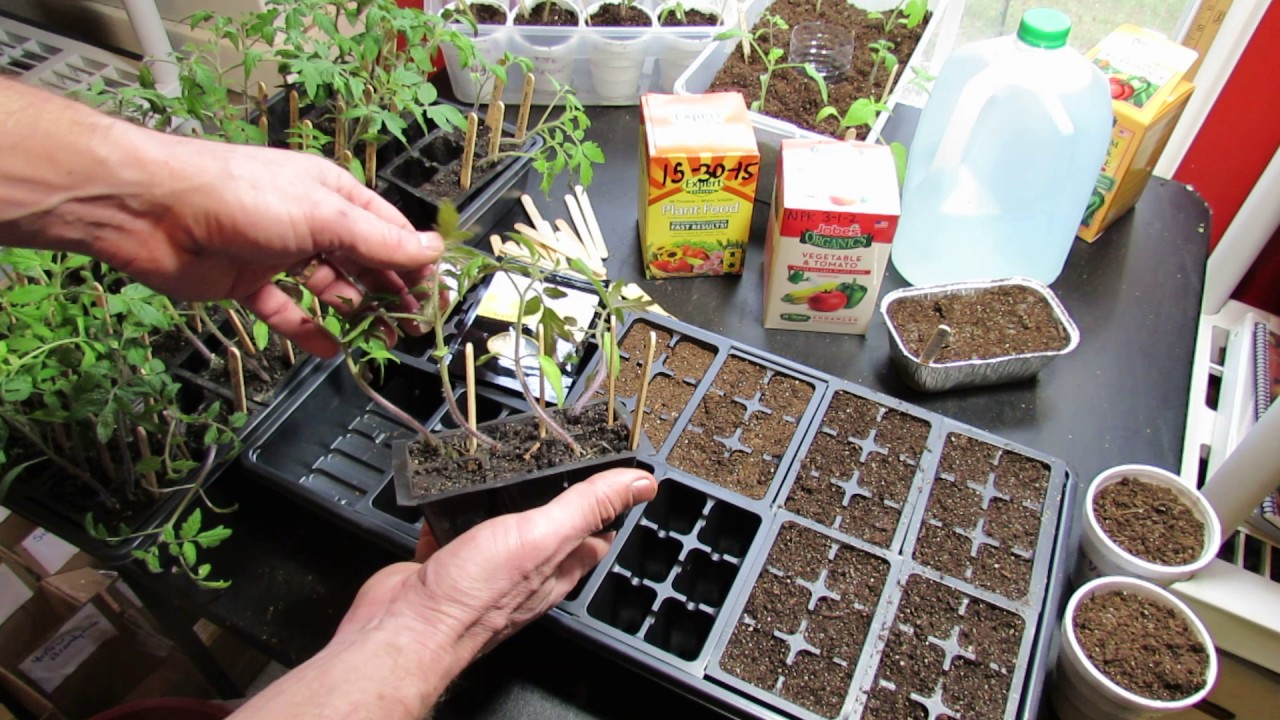
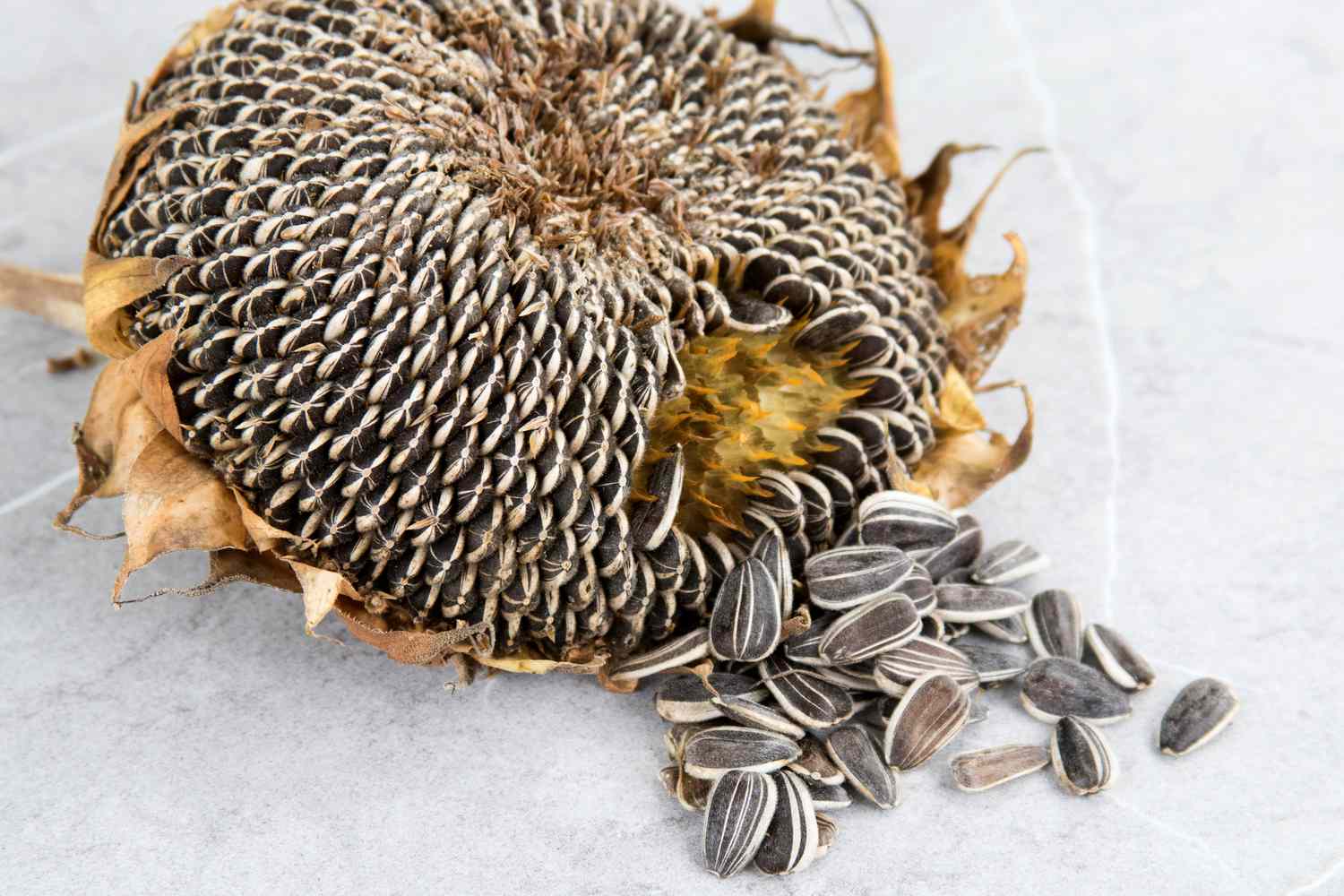
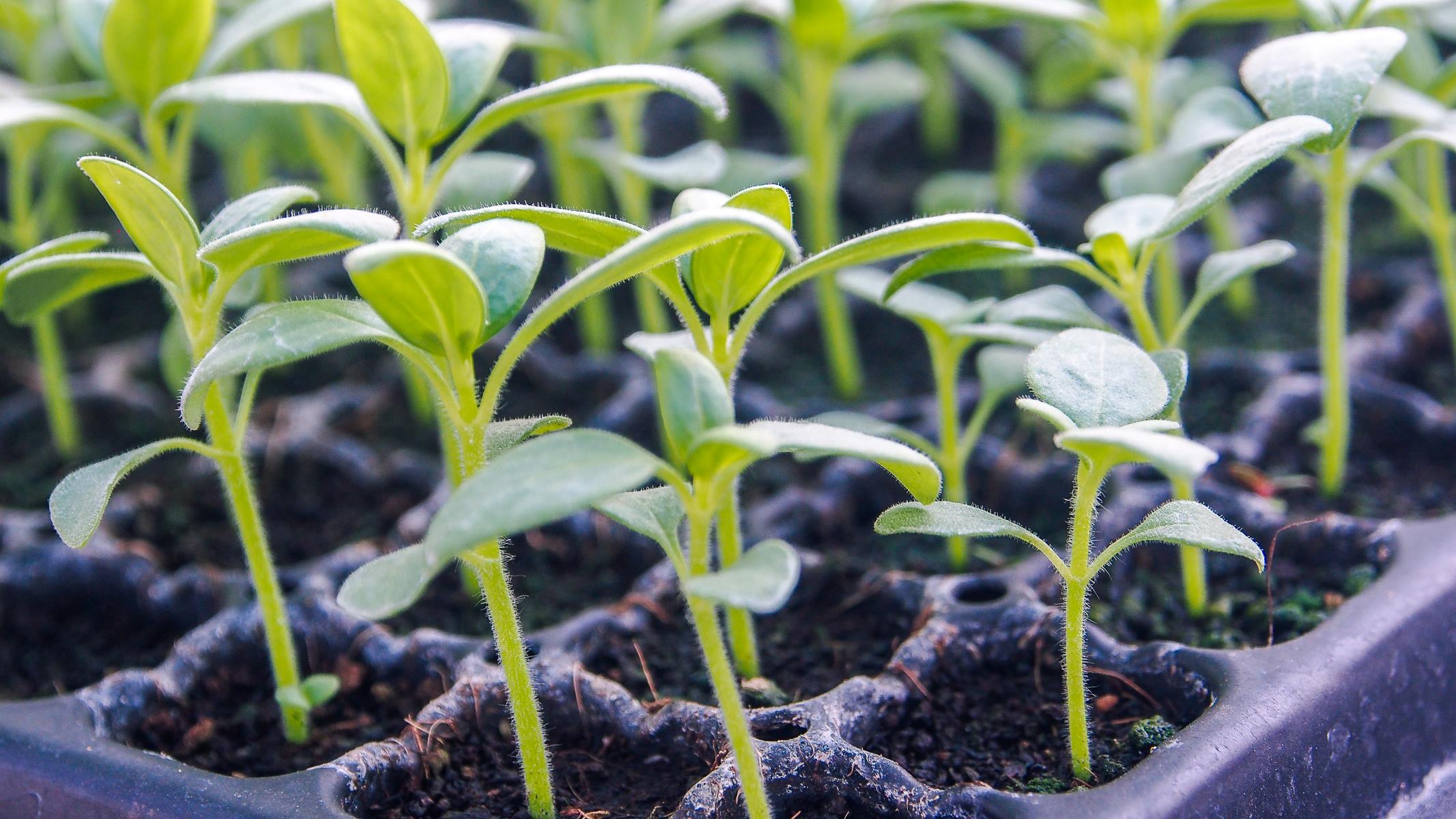

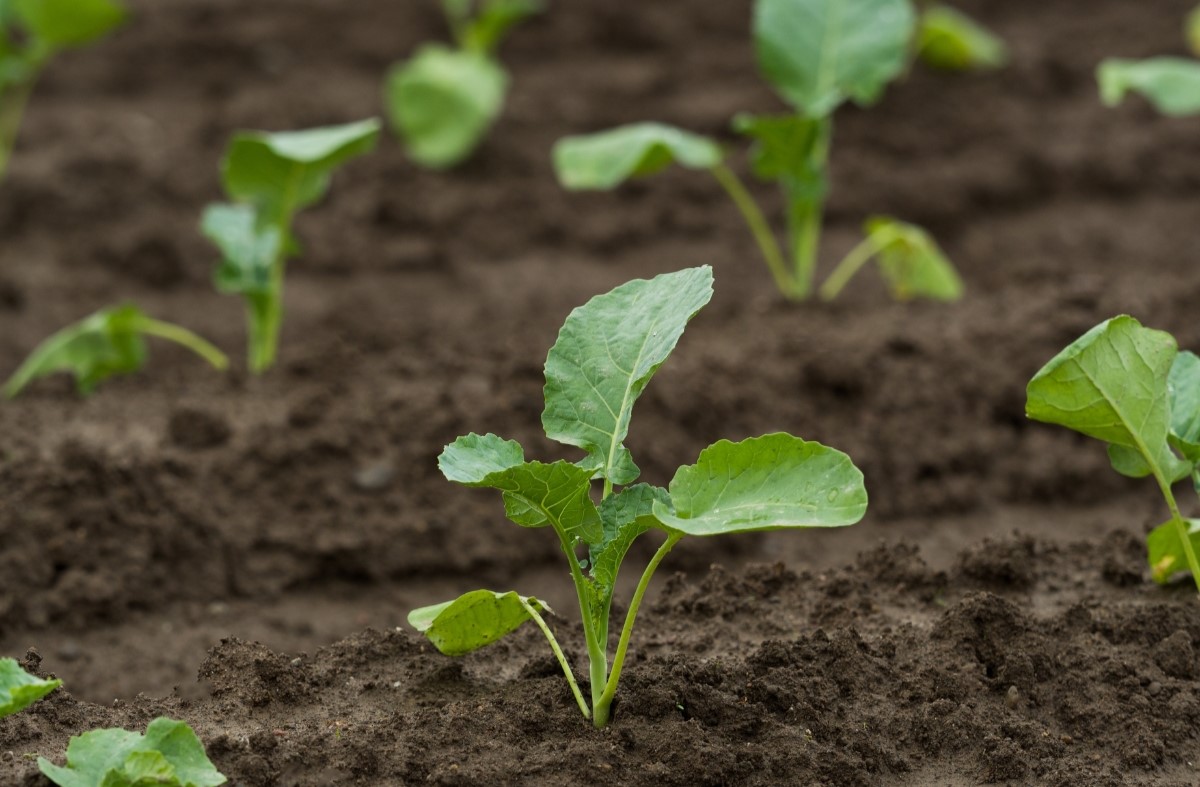
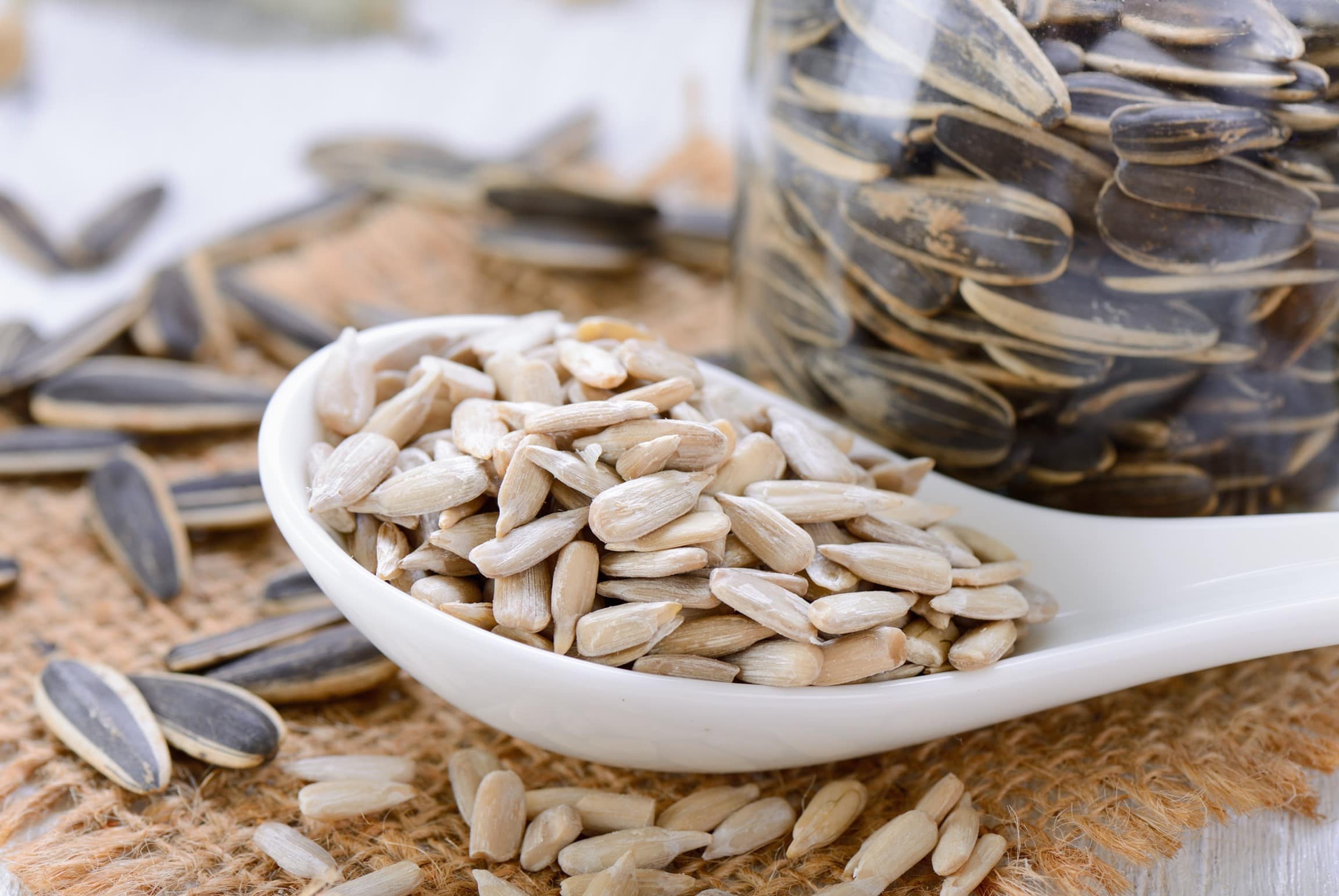
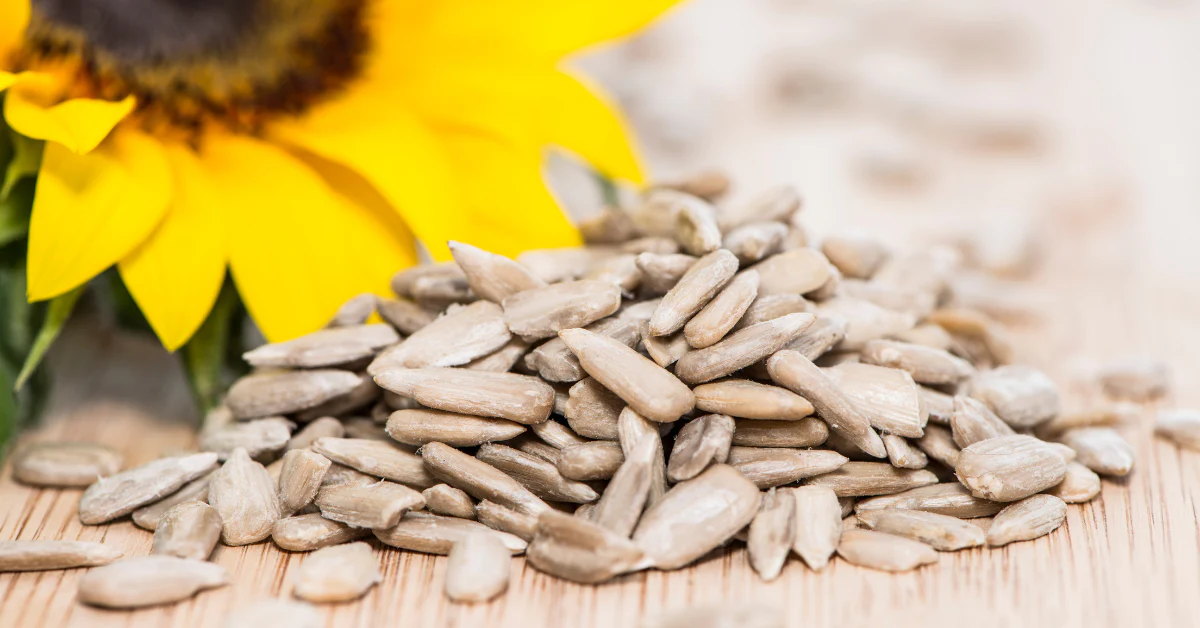
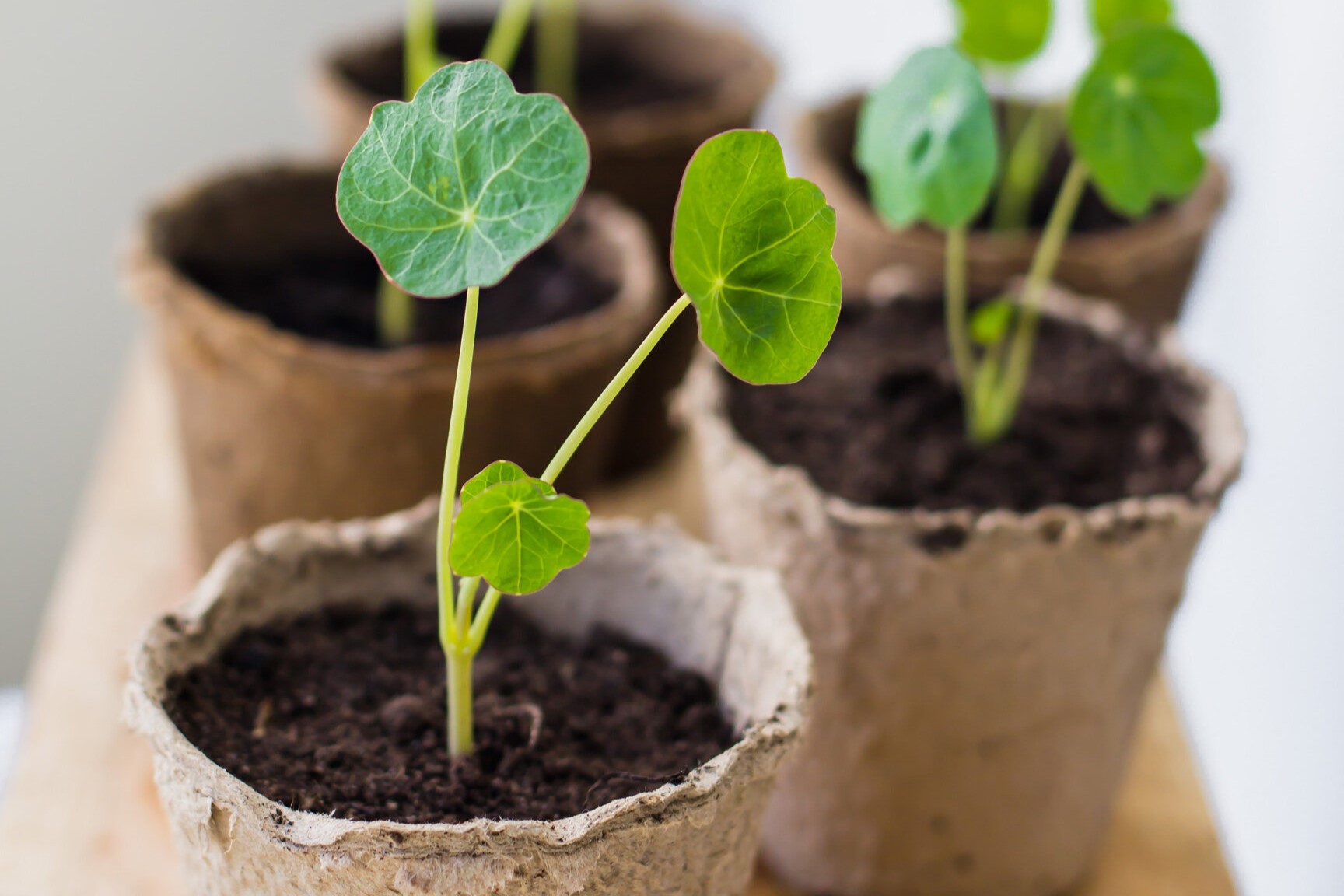
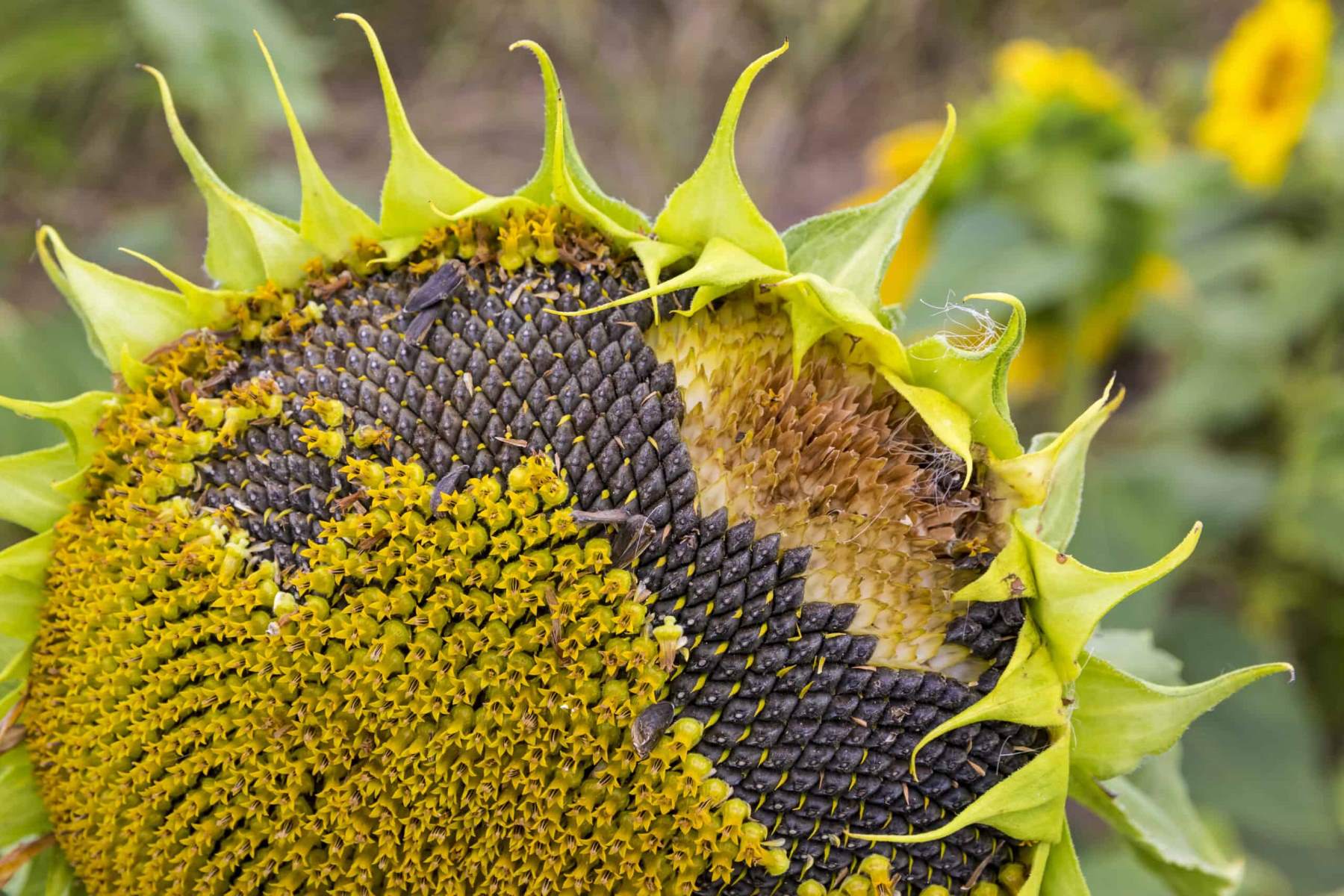
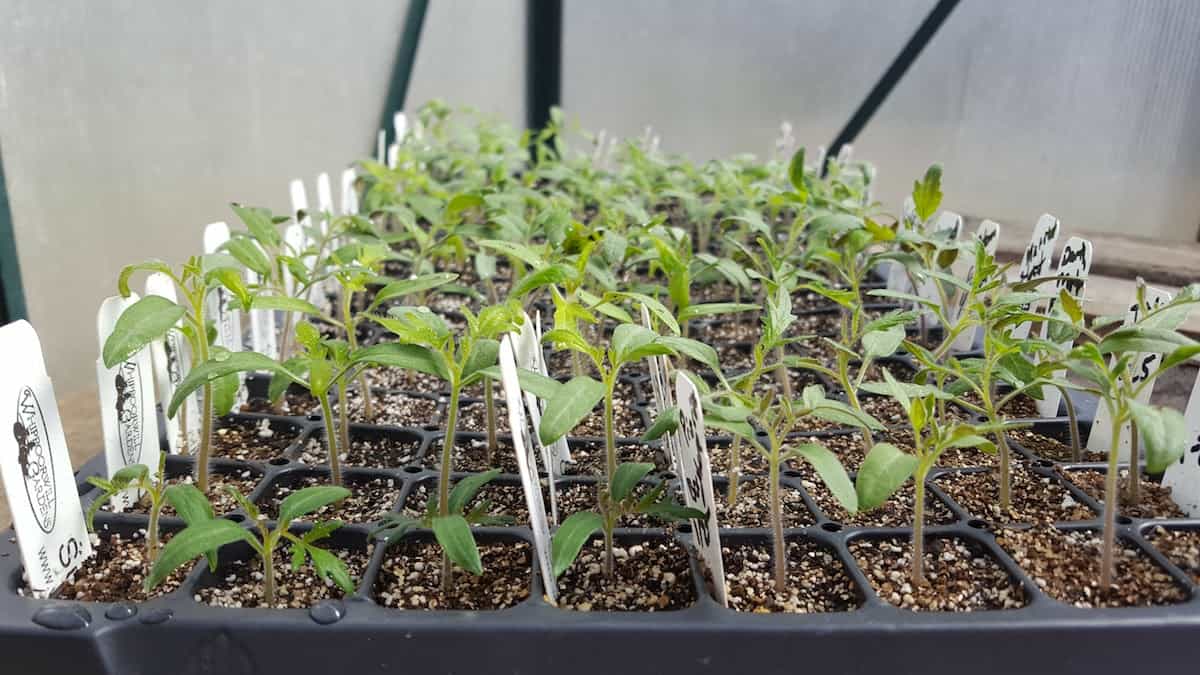
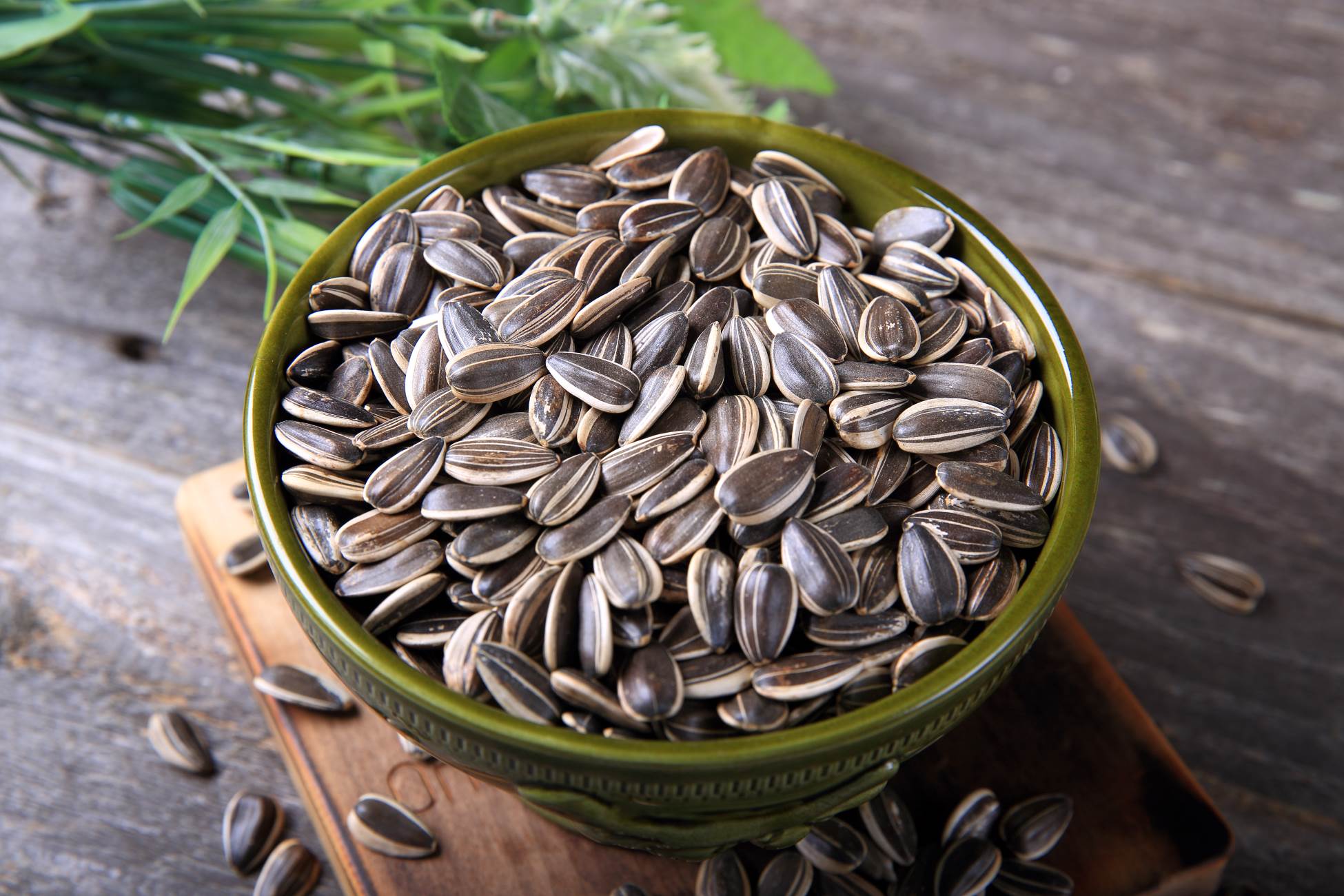
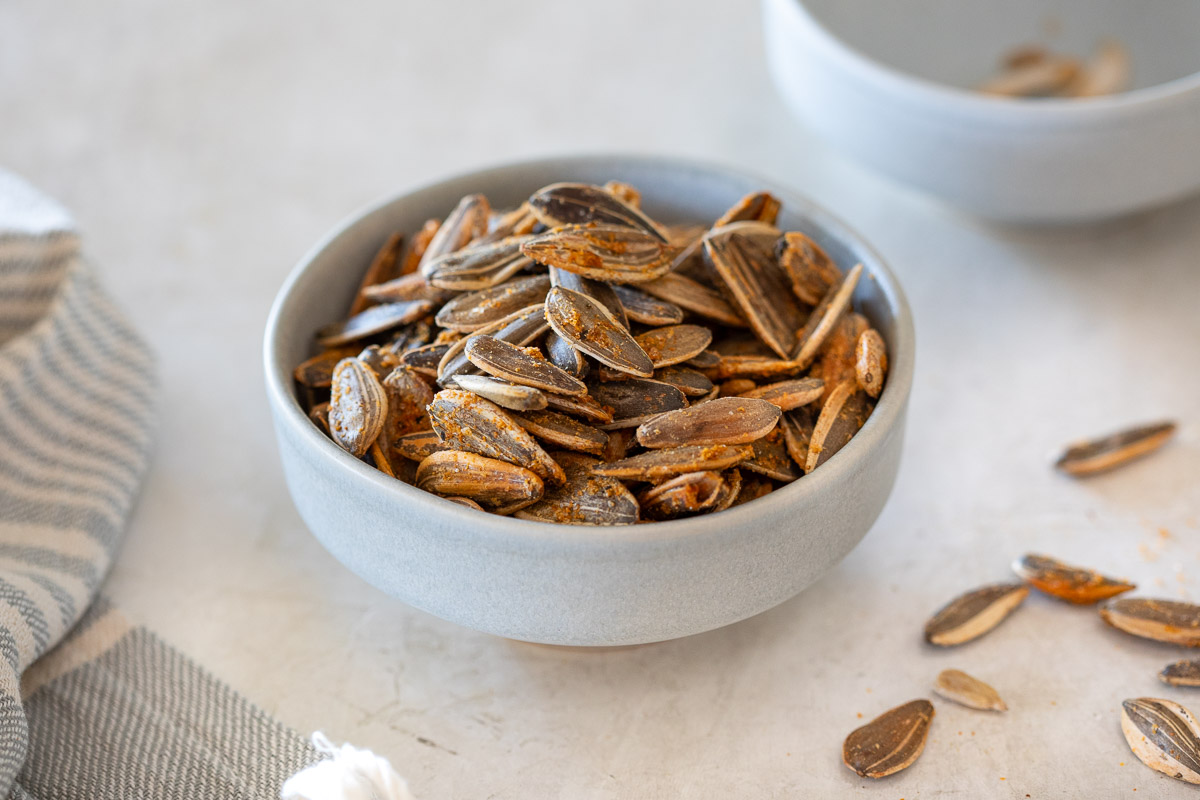

0 thoughts on “How To Plant Sunflower Seeds Indoors”